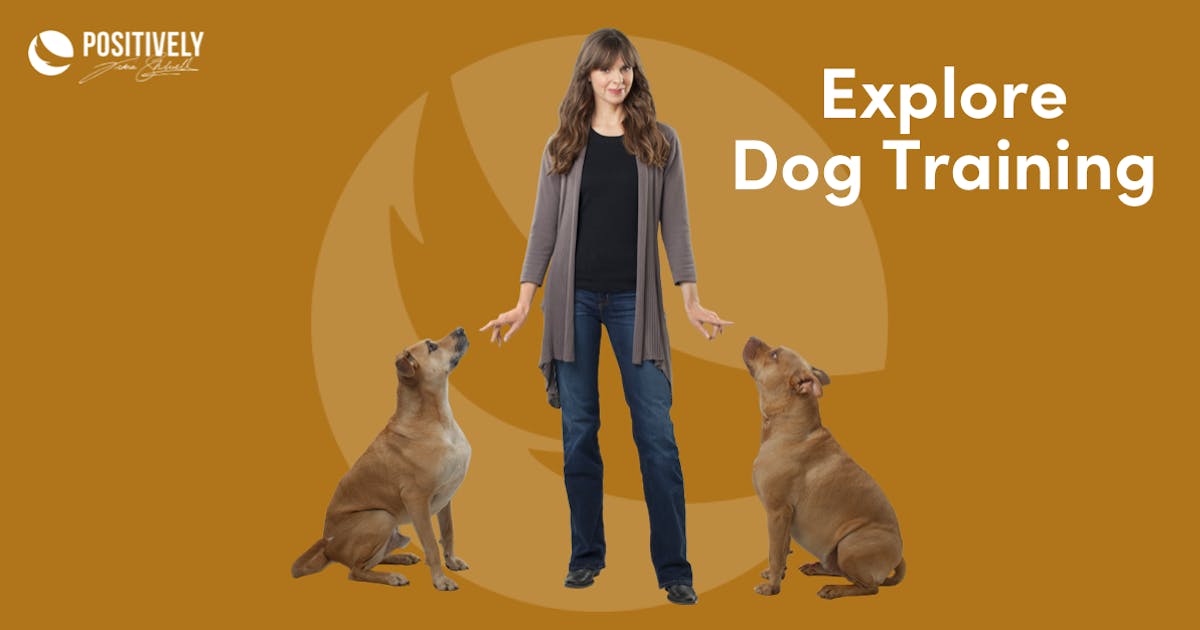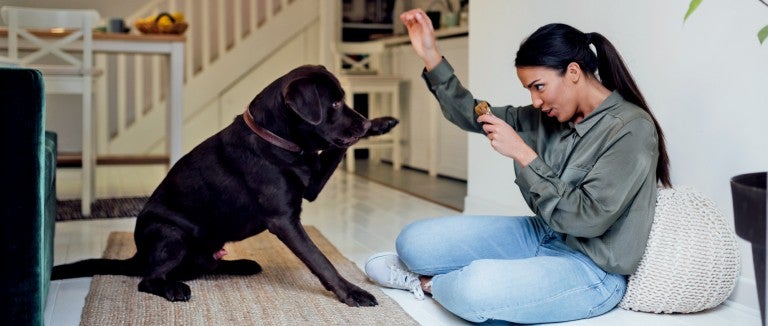Quality Puppy Training for a Happy, Obedient Dog with Professional Help
Quality Puppy Training for a Happy, Obedient Dog with Professional Help
Blog Article
Newbie's Overview to Successful Pet Dog Training at Home
Efficiently training a pet dog in the house needs a nuanced understanding of canine actions and efficient communication methods. Developing clear training objectives, using top quality benefits, and maintaining uniformity across relative are vital elements. Moreover, integrating training right into day-to-day regimens can enhance both interaction and retention. However, lots of novice trainers experience difficulties that might hinder progress. To navigate these complexities properly, it's vital to discover several vital elements that can change your approach and lead to a harmonious partnership with your pet. What fundamental principles should every beginner grasp to make sure success?
Comprehending Canine Actions
Recognizing pet habits is important for reliable training and promoting a harmonious partnership between human beings and their canine buddies - Puppy Training. Dogs connect mainly through body movement, vocalizations, and faces, making it vital for owners to analyze these signals accurately. Recognizing actions such as tail wagging, roaring, or cring can supply insights right into a pet dog's psychological state and purposes
Moreover, recognizing the natural instincts of pet dogs, such as their pack mentality, aids owners establish leadership duties within the household. This is crucial for creating a structured setting where dogs feel secure and are a lot more responsive to training. Canines are also affected by their socialization experiences; very early direct exposure to numerous atmospheres, individuals, and various other animals can significantly shape their habits later on in life.
Typical behavior concerns, such as aggression, stress and anxiety, or too much barking, typically originate from misunderstandings or unmet requirements. Observing and addressing these problems immediately can prevent acceleration and make certain a positive training experience. By promoting a deep understanding of pet dog actions, proprietors can tailor their training techniques to fit their canine buddies, inevitably bring about a satisfied and mannerly pet dog.

Vital Training Tools
A well-equipped training room can dramatically improve the efficiency of canine training in the house. Essential training devices ensure that both the trainer and the pet can take part in productive sessions that promote knowing and bonding.

Spending in a strong leash and a comfortable, well-fitting collar or harness is essential for safety and security and control. These tools assist establish borders and make sure the dog continues to be protected throughout training. Furthermore, a marked training area, without diversions, help concentration for both the pet dog and the fitness instructor.
Training aids such as training pads, cones, or dexterity equipment can additionally boost the experience by presenting range and difficulties. Having a notebook or electronic application for tracking development can be important, enabling you to keep in mind successes and locations for enhancement. Using these vital devices will produce a favorable training atmosphere and lay the structure for reliable discovering.
Producing a Training Regimen
Establishing a consistent training regimen is crucial for reliable canine training at home. A well-structured regular not only aids in strengthening desired actions however also gives your dog with a feeling of safety and security and predictability. To create an efficient training regular, start by identifying specific training objectives, such as standard commands, chain strolling, or house-training.
Pick an assigned time each day for training sessions, ideally when your pet dog is sharp and responsive. Procedure ought to be brief, roughly 5 to 15 mins, to maintain focus and protect against fatigue. Uniformity in timing and Source setting will improve your pet's knowing experience.
Include training into day-to-day activities to reinforce abilities. For instance, practice commands throughout walks or nourishment, which integrates learning right into natural regimens. In addition, stay adaptable and adjust the routine as required, fitting your pet's power levels and mood.
Positive Reinforcement Methods

When implementing favorable reinforcement, it is vital to choose incentives that are inspiring for your dog. High-value deals with, such as little items of poultry or cheese, can be particularly effective throughout training sessions. Furthermore, differing the incentives can preserve your pet's passion and interest.
Start with basic commands, like "rest" or "stay," and gradually progress to extra intricate tasks. Uniformity is key; make sure that all family members utilize the same commands and reward systems to stay clear of complication.
Additionally, it is vital to stay person and avoid stress. Canines, like people, find out at their own pace. By promoting an encouraging training environment with favorable support, you can boost your canine's discovering experience while reinforcing the bond in between you and your furry companion, laying the foundation for effective training outcomes.
Common Training Obstacles
While training a pet in your home can be a gratifying experience, it often comes with a set of usual difficulties that can test both persistence and uniformity. One prevalent problem is distraction. Canines may end up being quickly averted by sounds, motions, or even fragrances in their environment, making it challenging to maintain their focus during training sessions.
An additional difficulty is disparity in commands and support. It can hinder and confuse the pet development if family members make use of various cues or rewards. Developing a unified technique is crucial for reliable interaction.
Furthermore, dogs can experience aggravation or tension, specifically if they do not recognize what is expected of them. This can bring about unfavorable behaviors, such as eating or barking.
Ultimately, the timing of support is vital. Delayed incentives can reduce the efficiency of positive support, as pets may fall short to link the habits with the reward.
Conquering these challenges calls for dedication, clear communication, and a structured training plan - Puppy Training. continue reading this Identifying and attending to these common barriers will lead the way for a more effective and enjoyable training experience in the house
Final Thought
To conclude, effective dog training in your home requires a thorough understanding of canine habits and efficient interaction approaches. By establishing clear training goals and utilizing top notch deals with along with favorable support, the training process becomes more gratifying for both the pet dog and the instructor. Versatility, persistence, and uniformity are necessary components that help with discovering. Eventually, incorporating training into everyday routines enhances the bond in between pet and owner, making the experience both efficient and pleasurable.
Establishing a consistent training regimen is necessary for efficient pet training at home.Positive support methods are basic to efficient dog training, advertising desired actions with incentives rather than penalty. By fostering an encouraging training environment with positive reinforcement, you can boost your canine's understanding experience while enhancing the bond in between you and your furry buddy, laying the foundation for successful training end results.
In final thought, effective canine training at home demands a detailed understanding of canine behavior and reliable communication methods. By establishing clear training goals and making use of premium deals with alongside favorable support, the training process comes to be much more rewarding for both the pet and the trainer.
Report this page